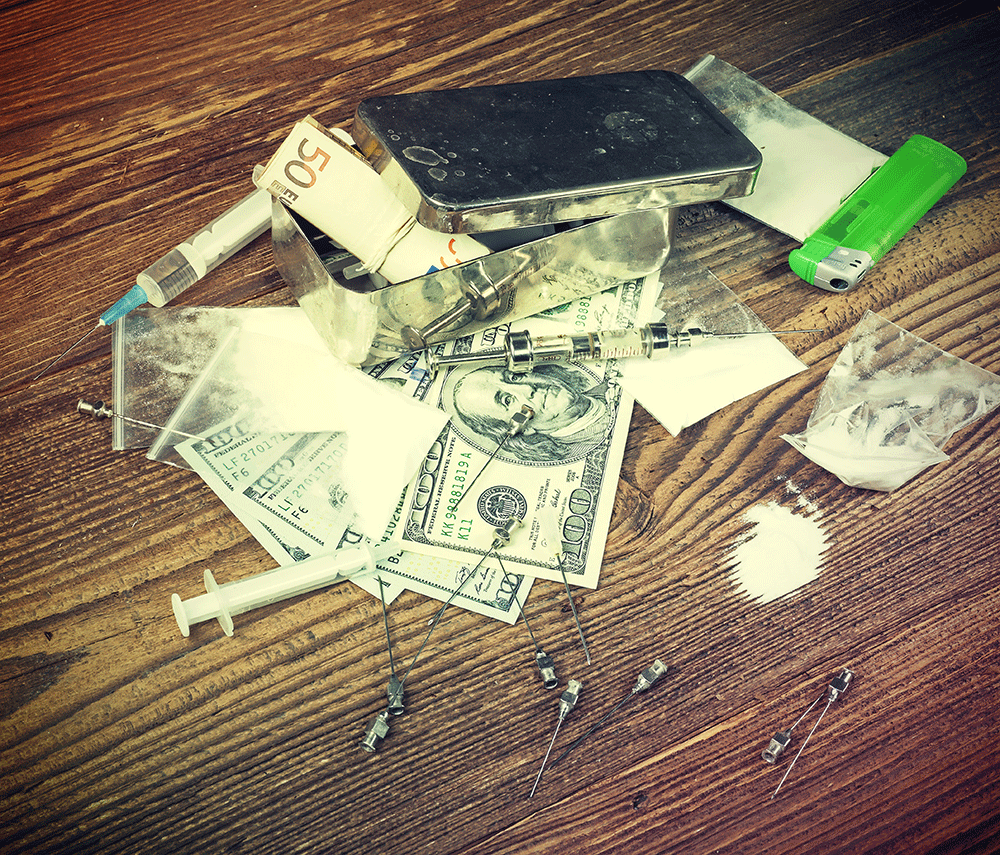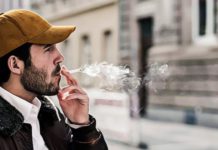“Junk is not a kick,” wrote William S. Burroughs under the pseudonym William Lee, in the early 50s. “It is a way of life.”
Burroughs was a pioneer in contemporary drug literature and an addict. He died in 1997, physically dependent on Methadone. Clearly, drugs are still a problem.
By 2012 about 467,000 people were addicted to heroin in the U.S. – but sharing personal tales of drug use with the world, no longer seems to be an issue like it was for Burroughs.
The internet dominates global communication. Social media is omnipresent and is often a window to the human condition.
The fine print
Last June, the photo/video sharing service Instagram, reported reaching 500 million monthly active users.
There are endless duck-faced selfies, pictures of cats, expensive brunch entrées, exotic places, and even drugs on Instagram.
Instagram is aware of the countless users posting pictures and videos that go against its community guidelines. Yet those pictures appear on the site, day after day. So is Instagram fostering a safe community for inspiration and expression, or is it providing a platform for people to glamorize their unhealthy lifestyles?
Instagram’s community guidelines are broken down in two parts: ‘The short’ part just tells people to respect everyone, to not spam or post nudity. ‘The long’ part goes into more details and states that Instagram is a safe environment, where people should foster genuine connections.
According to Instagram, the service is about diversity. It’s a community that cares and understands that people facing difficult issues will look for solace, but they don’t support glorification of self-injury.
Instagram’s terms of use start off by letting users know they have to be at least 13 years old to use the service. It also cautions users to “not post violent, nude, partially nude, discriminatory, unlawful, infringing, hateful, pornographic or sexually suggestive photos or other content via the Service.”
Instagram doesn’t want to discriminate, and it praises diversity, yet it’s setting its own definitions of what’s hateful, thoughtful, intense, appropriate and suggestive.
Because Instagram wants to help its users, it offers a section in its ‘Help Center’ with tips, signs, and resources dedicated exclusively to eating disorders. One would wonder why Instagram doesn’t approach drug users the same way.
Instead of providing resources or trying to assist addicts, Instagram simply removes certain hashtags associated with drugs.
Of course, users modify those hashtags by adding a letter to their flagged hashtag or using a similar word. For example, #junkiesofig becomes #junkiesofiggg – with a variable number of ‘g’s. At the same time, Instagram’s related hashtag feature will promptly display similar pictures from similar accounts that haven’t been taken down yet, and so a community is born!
The junkies of Instagram
The community is self-titled ‘Junkies of Instagram.’ It is made up of drug users, and those in recovery who publicly document their lives and drug habits through pictures. Communication among accounts happens simply by hashtag use.
Hashtags like “#powder #cottons #jfam #spngns #Jfamily #SpoonGoons and #BangGang,” are some of the hashtags used to caption an artsy picture of… (continue reading)
















